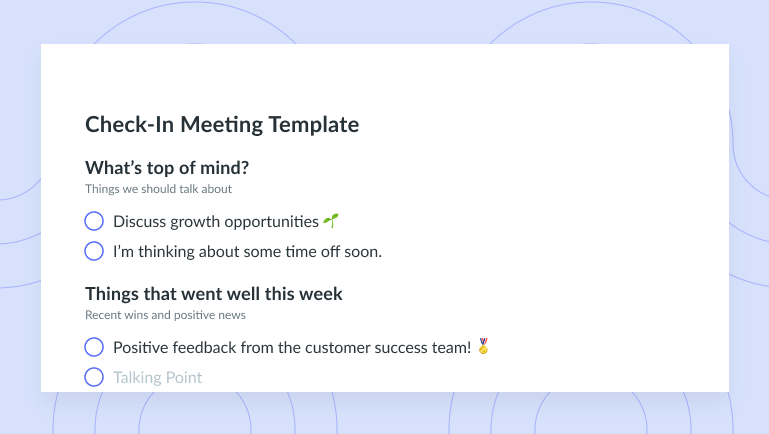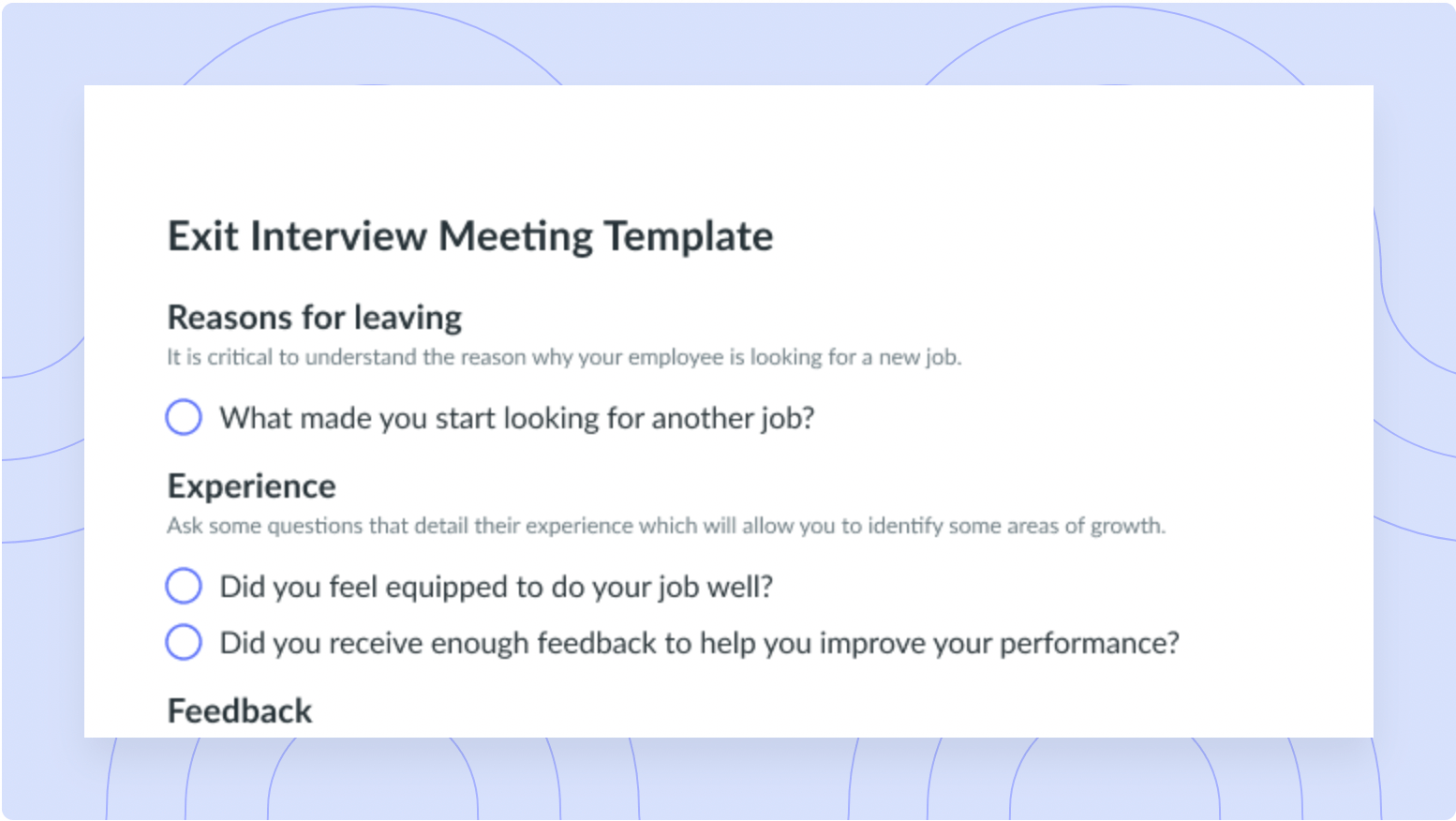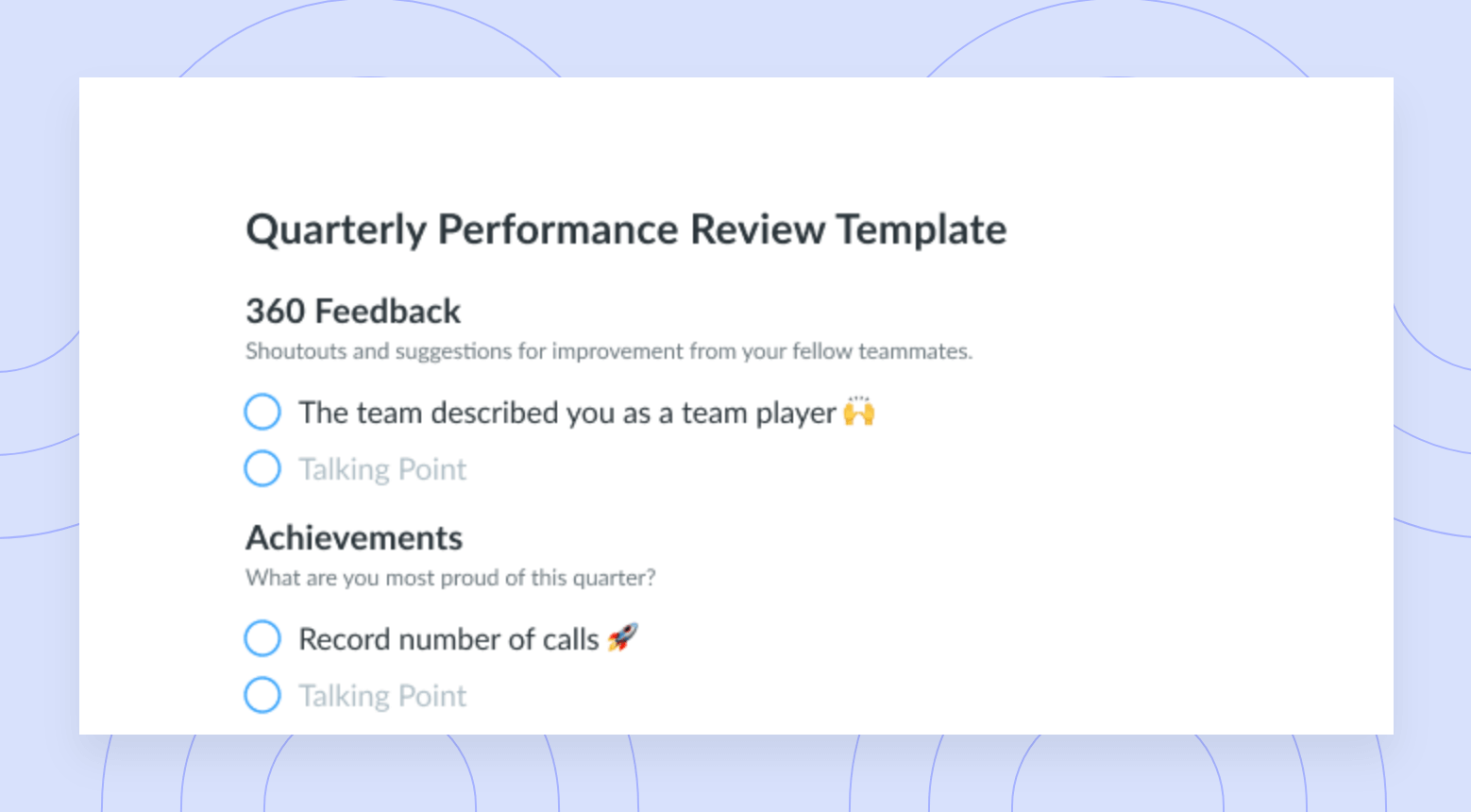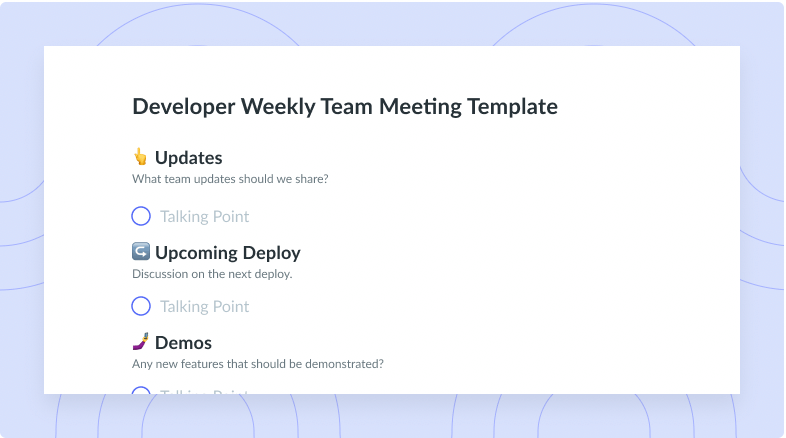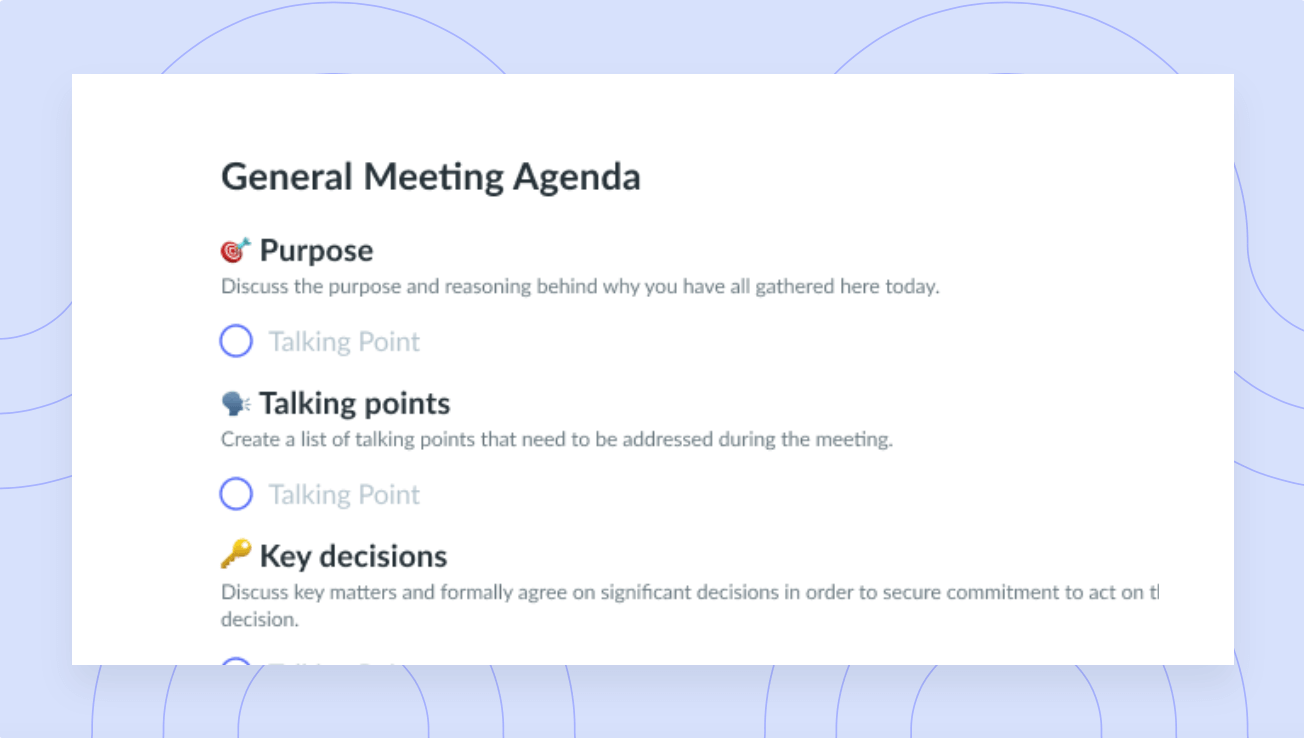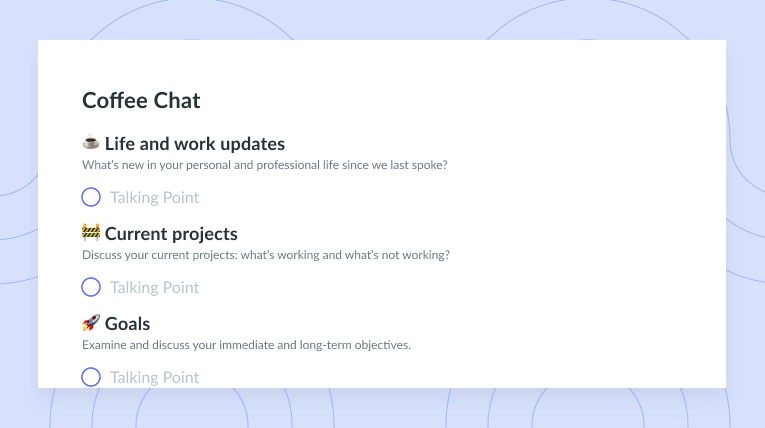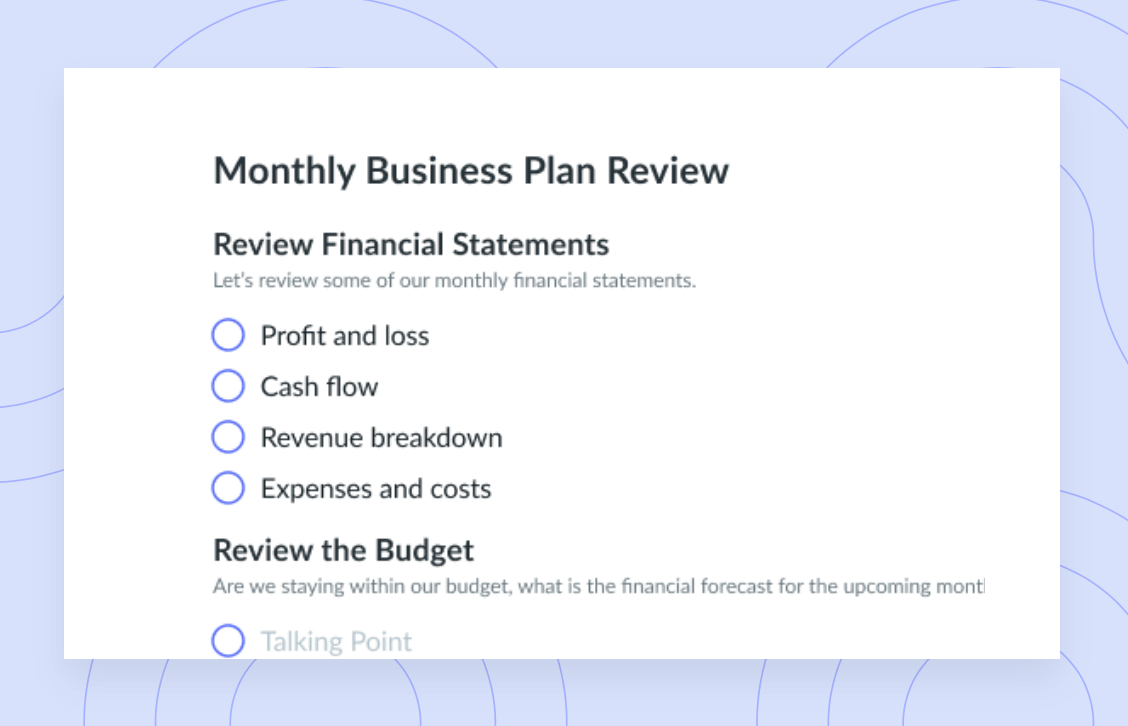Measure Emotional Intelligence: 6 Assessments + Tips
If you’re looking to measure your emotional intelligence but aren’t sure where to start, check out these 6 tips. Plus, get tips for improving your EQ!
Your job likely requires a lot of in-demand hard and soft skills.
But, no matter what kind of work you do, knowing the ins and outs of emotional intelligence and how to measure it can make or break your success and play a significant part in how others on your team see and work with you. Because at the end of the day, how you work with others and react to situations will always have a big impact.
Not sure what emotional intelligence is or how to measure it? Let’s break it down.
- What is emotional intelligence?
- How is emotional intelligence measured?
- 6 tips for improving your emotional intelligence
What is emotional intelligence?
Emotional intelligence, sometimes called emotional quotient or EQ, is how someone recognizes their emotions, understands them, and sees how these emotions may affect others. With this ability, you can better manage and relieve stress, emphasize with others, and communicate effectively.
When you have high emotional intelligence, this can also mean that you can understand the emotions of others, too. This skill can make it easier to manage and keep long-term relationships and succeed at work while avoiding potential conflicts before they occur.
Some signs of emotional intelligence include:
- Being able to identify and describe what people are feeling
- Having self-confidence and self-acceptance
- Feeling empathy or concern for others
- Accepting responsibility for your mistakes
- Being able to let go of your mistakes
- Knowing your own strengths and weakness

Improve your emotional intelligence
Easily share real-time feedback with your team on meetings, projects, and performance to improve your emotion l intelligence. Try Fellow today!

How is emotional intelligence measured?
There are six primary assessments by which emotional intelligence is measured, which can be classified as either self-reports or ability tests.
- Wong’s Emotional Intelligence Scale (WEIS)
- Emotional and Social Competence Inventory (ESCI)
- Mayer-Salovey-Caruso Emotional Intelligence Test (MSCEIT)
- The Emotional Quotient Inventory 2.0 (EQ-i-2.0)
- The Trait Emotional Intelligence Questionnaire (TEIQue)
- Profile of Emotional Competence (PEC)
1Wong’s Emotional Intelligence Scale (WEIS)
First is Wong’s Emotional Intelligence Scale (WEIS), developed by Chi-Sum Wong and Kenneth S. Law in 2002, which is broken down into two parts.
Part one consists of 20 scenarios, and the respondents choose one option that best reflects how they’d likely react in each scenario. Part two consists of 20 ability pairs, and the respondents pick one of the two types of abilities that best portray their strengths.
The test consists of the following four dimensions:
- Self-Emotional Appraisal (SEA): An individual’s ability to understand and assess their deep emotions and be able to express those emotions naturally.
- Others’ Emotional Appraisal (OEA): The ability to perceive and understand the emotions of other people around them.
- Regulation of Emotion (ROE): Someone’s ability to regulate their emotions, which enables a more rapid recovery from psychological distress.
- Use of Emotion (UOE): The ability to direct their emotions towards constructive activities and personal performance.
2Emotional and Social Competence Inventory (ESCI)
Next is the Emotional and Social Competence Inventory (ESCI). This assessment is based on an older evaluation called The Self-Assessment Questionnaire. During this exercise, someone who knows another individual offers a rating of that person’s abilities that cover varying emotional competencies.
This test was designed to showcase the social and emotional abilities that help determine if someone is a strong leader. This evaluation can be used to:
- Measure emotional intelligence in the leaders and professionals within an organization
- Raise awareness through powerful 360-degree feedback
- Focus your coaching and development on crucial capabilities
- Identify the best in individuals and teams
3Mayer-Salovey-Caruso Emotional Intelligence Test (MSCEIT)
There’s also the Mayer-Salovey-Caruso Emotional Intelligence Test (MSCEIT). This ability-based test measures the four branches of Mayer and Salovey’s emotional intelligence model. During this evaluation, test takers perform specific tasks that are designed to determine their ability to manage, perceive, understand, and identify emotions.
The test is based on scenarios one would encounter during everyday life and measures how well people can perform tasks and solve emotional problems.
4The Emotional Quotient Inventory 2.0 (EQ-i-2.0)
Next is The Emotional Quotient Inventory 2.0 (EQ-i-2.0), an online self-rating assessment tool. This tool provides test takers with a detailed assessment of their areas of strength and pinpoints potential areas for improvement.
This evaluation is another excellent way to get a picture of how you operate emotionally, where you excel, and what you may want to work on in the future. These insights can help an individual become a more effective leader and a stronger team player, both personally and professionally.
5The Trait Emotional Intelligence Questionnaire (TEIQue)
The Trait Emotional Intelligence Questionnaire (TEIQue) was developed by K. V. Petrides and measures global trait emotional intelligence. Based on the Trait Emotional Intelligence Theory, this questionnaire is a significant part of research in emotional intelligence (EI).
This assessment comes in both long form (LF) and short form (SF):
- TEIQue-LF consists of a 153-item self-report using 15 subscales and requires 25 minutes to complete.
- TEIQue-SF consists of a 30-term questionnaire and is based on the long-form version of the assessment, but takes two items from each of the 15 subscales of the TEIQue to be evaluated.
Some of the 15 subscales include adaptability, emotional expression, self-esteem, social awareness, and stress management.
6Profile of Emotional Competence (PEC)
Finally, the Profile of Emotional Competence (PEC), developed by Brasseur and Mikolajczak, measures intrapersonal and interpersonal emotional intelligence separately.
This assessment focuses on the five core emotional competencies:
- Identification: How you identify your emotions and the emotions of others.
- Understanding: How you understand your emotions and the emotions of others.
- Expression: How you express your emotions and listen to the emotions of others.
- Regulation: How you regulate your emotions and the emotions of others.
- The use of emotion: How you use your emotions and the emotions of others.
6 tips for improving your emotional intelligence
If you think your emotional intelligence needs some improvement, here are six tips for boosting your EQ.
- Boost motivation
- Have empathy
- Maintain a positive attitude
- Ask for feedback
- Use active listening skills
- Be self-aware
1Boost motivation
Motivation is a crucial element of emotional intelligence. Highly motivated people are likely to put off short-term rewards for long-term success. Whether you’re striving for success at work or in your personal life, find what drives you forward and determine how you can win at the next challenge.
As you improve your emotional intelligence, remember that motivation is about your inner drive to strengthen your commitment to and ultimately achieve your goals. So, it’s important to set goals for yourself, be realistic as you move forward, and think positively.
2Have empathy
We’ve mentioned it a lot, but a big part of a high EQ is having empathy for how other people around you are feeling. Consider how you’d respond if you were in their shoes. It’s all about being socially aware of others and striving to understand the emotions, needs, and concerns of other people. You also need to pick up on emotional cues, feel comfortable socially, and recognize the power dynamics of others on your team or in a group of people.
When you have empathy, chances are good that you excel at managing relationships with others, listening to what people say, being approachable and easy to talk to, and relating to what others are going through.
3Maintain a positive attitude
People who have high emotional intelligence usually think on the bright side. Once you’re aware of your emotions, you can effectively manage them and rid yourself of disruptive emotions and impulses. From there, having a positive outlook and being adaptable to various situations and circumstances is second nature.
While maintaining an optimistic mindset isn’t always easy, to improve your emotional intelligence, strive to see problems and setbacks as new learning opportunities instead of potential failures. Additionally, do your best to avoid negative people or those who bring the mood down. Surrounding yourself with positive people will turn you into one, too.
4Ask for feedback
People with high emotional intelligence are extremely self-aware. And the key to becoming self-aware is receiving honest and constructive feedback from others.
If you feel like you’re not getting this feedback from others, ask for it! An excellent place to start is by using Fellow, which makes it easy for your team to share real-time feedback on meetings, projects, and your performance.

This feedback will give you a better idea of how others see and perceive your emotions, which can help you understand how you’re coming off to other people and if there needs to be an improvement. For instance, if certain team members find you intimidating, you likely won’t know this unless you ask for feedback.
5Use active listening skills
Another great way to boost your emotional intelligence skills is to practice active listening. Active listening is a great way to be a better communicator and to understand the emotions of others around you.
When you provide your undivided attention to another person or people while they communicate information, feelings, or beliefs, you’ll show that you have empathy with that person and will build trust with others with whom you interact. To practice active listening, ask open-ended questions, never interrupt, pay attention to body language, and give verbal affirmations.
6Be self-aware
Finally, turn self-awareness up a notch. This involves paying attention to and monitoring your feelings and reactions and is a skill that is incredibly important for leaders and managers. Being able to behave appropriately in various professional scenarios is extremely important, as is the ability to manage intense feelings, emotions, and facial expressions that may arise.
When you’re more aware of yourself, you’ll become more aware of how to behave in specific environments and situations. In addition to being empathetic, which we already discussed, self-awareness includes being confident in yourself, having patience in different scenarios, and always being kind to others.
Don’t let anyone tell you being emotional is a bad thing
No matter what industry you work in or the professional goals you have in your career, measuring your emotional intelligence and pinpointing areas of improvement can help lead to your success.









